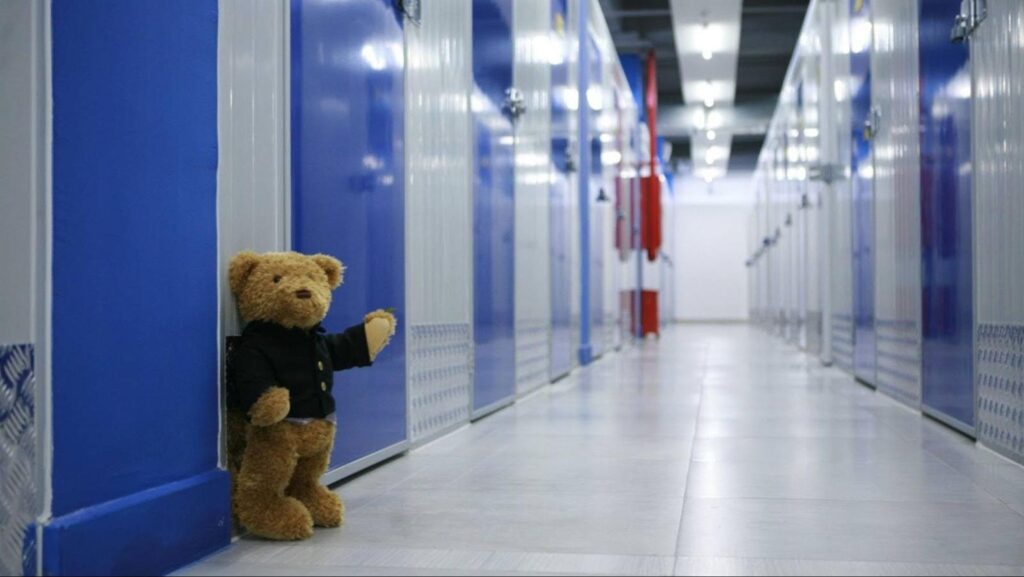Renovating your home is exciting but challenging. While anticipating the transformation, managing furniture and belongings can be overwhelming. Safely storing, protecting, and organizing everything during renovations is crucial to prevent damage or clutter. Proper planning helps maintain a functional living space during changes. Here are six practical tips to effectively store your furniture and belongings during renovations.
Rent a Temporary Storage Unit
Renting a storage unit is one of the most dependable solutions for safeguarding furniture and belongings during renovations. These units provide a secure, off-site space where you can keep your items safe and out of the way. Whether you choose storage units in Seventeen Mile Rocks or another nearby facility, having access to a dedicated storage solution can make the renovation process much smoother. With various sizes available, storage units can accommodate large furniture or smaller items, depending on your needs. Storing your belongings in a secure, dust-free environment during construction minimizes the risk of damage and allows for easy retrieval once renovations are finished.
Declutter Before Packing
Before packing your belongings for storage, take the opportunity to declutter. Renovations are the perfect time to reassess what you really need in your home. Go through your furniture, clothing, and other belongings and decide what to keep, donate, sell, or throw away. Decluttering helps reduce the number of items you need to store and creates more space in your home when the renovation is finished. A lighter load means less packing, which can save you time and money if you’re renting a storage unit or hiring movers. Plus, the sense of organization you’ll feel after decluttering will make setting up your space post-renovation much easier.
Use Proper Packing Materials
Invest in quality packing materials such as sturdy boxes, bubble wrap, packing paper, and furniture covers. These materials will help shield your items from dust, debris, and potential damage. Wrap fragile items like dishes, glassware, and electronics carefully in bubble wrap or soft cloths, and make sure to fill any empty spaces in the boxes with packing paper to prevent items from shifting during storage. For larger pieces of furniture, consider disassembling them to save space, and wrap each part securely to avoid scratches or dings. Label each box clearly to make unpacking easier once the renovation is complete.
Create a Storage Plan
A solid storage plan is key to staying organized during your renovation. Start by creating an inventory of the items you plan to store, and think about where each item will go, whether it’s in a rented unit or a designated area of your home. If you’re storing items in your home, ensure they are far from the renovation site to prevent accidental damage. Stack larger, sturdier items at the bottom and lighter, more fragile ones on top. If using a storage unit, try to place the items you’ll need sooner at the front, so they’re easily accessible. Having a plan in place will help streamline both the storage process and the eventual unpacking.
Use Off-Site Storage Options
If your renovation project is extensive or your home doesn’t have enough available space, consider using off-site storage options. In addition to renting a storage unit, you can explore temporary solutions like asking friends or family if they have spare space in a garage, basement, or extra room. Using off-site storage during renovations keeps your home clutter-free and ensures your belongings are safely stored in a clean, undisturbed environment. Clearing your home of excess furniture and belongings ensures contractors have ample space to work, potentially speeding up the renovation process.
Protect Your Items from Dust and Damage
Renovations often involve a lot of dust and debris, and protecting your furniture and belongings from potential damage is important. Even if you’re storing items in rooms away from the main renovation site, cover furniture and boxes with plastic sheeting or thick blankets to protect them from dust.

For items that are stored on-site, consider using protective floor coverings or plastic barriers around the room to prevent accidental damage from paint splatters or tool mishaps. Ensure that delicate items are kept in secure, closed containers to minimize exposure to dirt or moisture.

Renovating your home can be stressful, but with the right storage strategies, you can make the process much more manageable. Renting storage units or using off-site solutions, decluttering before packing, and utilizing proper packing materials are all effective ways to keep your belongings safe and out of harm’s way. A solid storage plan, along with extra precautions like covering your items to protect them from dust and damage, will ensure that your furniture and belongings remain intact. By following these six practical tips, you can focus on your renovation with peace of mind, knowing that your possessions are safely stored and ready to be reintroduced into your newly renovated space.



